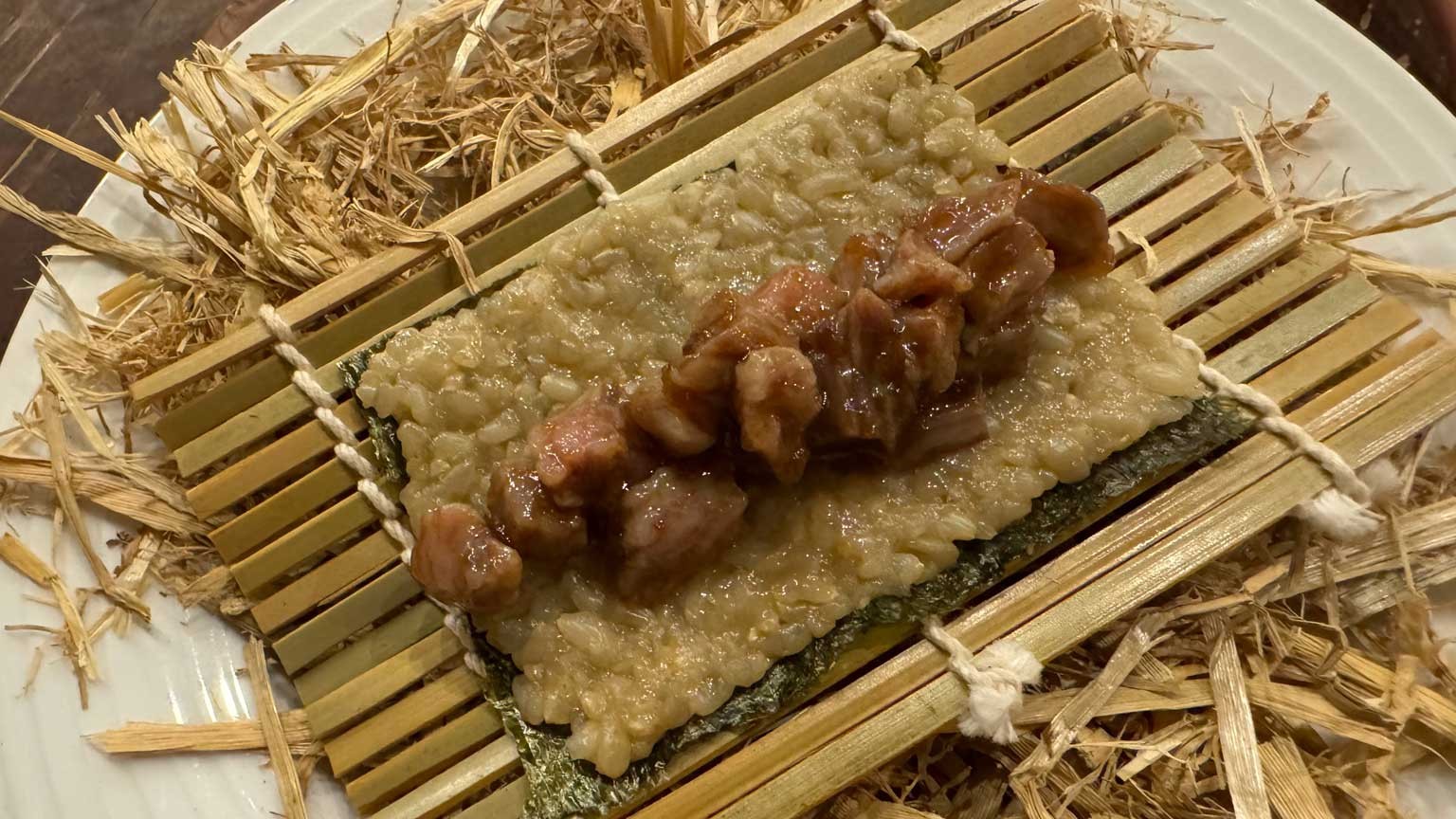Michelin-rated chefs, restaurant critics, and food science researchers were among the 39 assorted foodies from Asia, Europe, and the US who took part in the 3-day tour.
One of their destinations was a 600-year-old factory in Aichi Prefecture, central Japan. The factory makes koji spore ― Japan's "national mold" ― and supplies it to brewers of sake and makers of seasonings such as soy sauce and miso. Only around 10 koji spore makers are left in Japan. Each of them has their own secret techniques, handed down for generations.
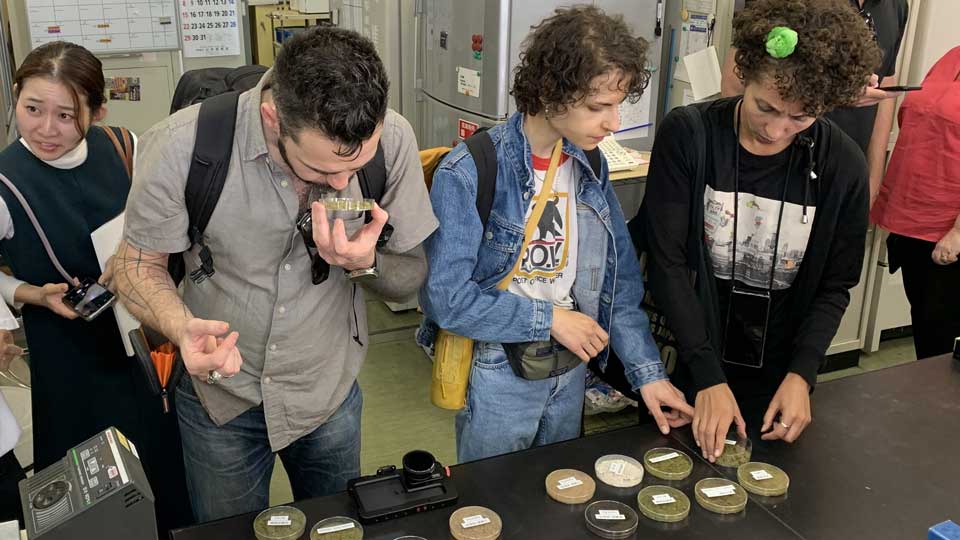
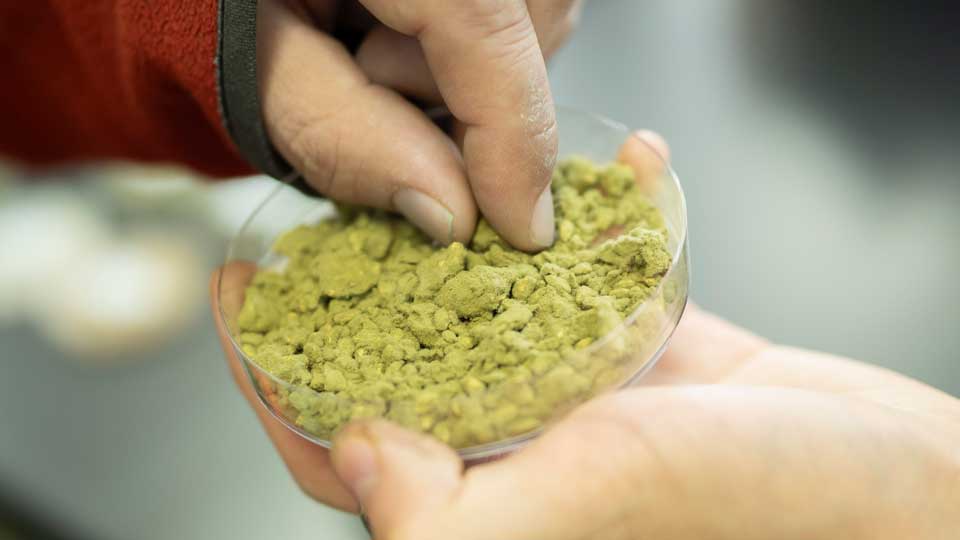
Revealing the process
Nowadays, machines are doing much of the hard graft. The foreign visitors were shown a 4-meter-tall cultivation container. Base ingredients ― rice, barley, or soybeans ― are first steamed inside the sealed container to prevent contamination from other mold or bacteria. After cooling, koji spores are sprinkled over the grains to create different koji.
One participant, Rick von Hagn, a chef from the celebrated Blue Hill restaurant in upstate New York, said this was a precious opportunity for him to interact with the artisans in person and learn about a process he had only previously read about.
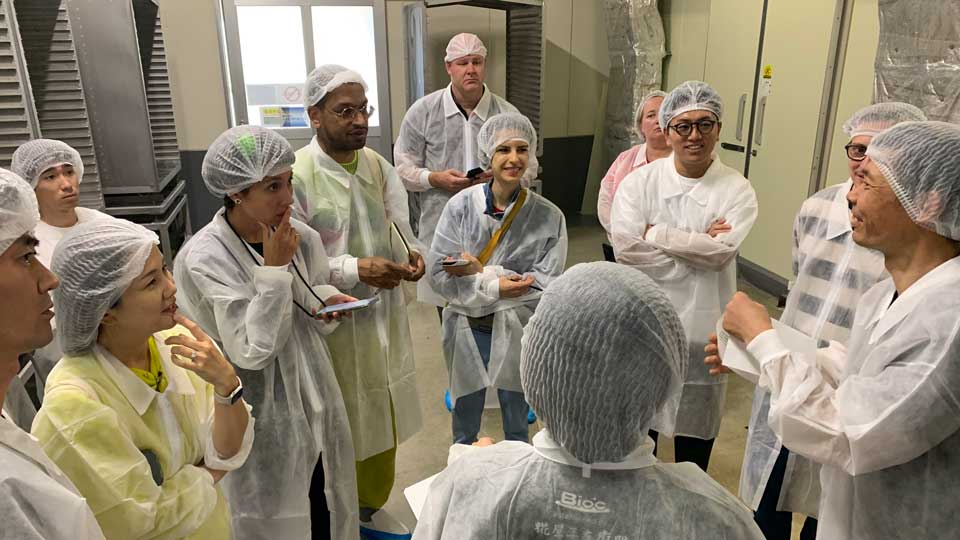
The factory has guarded its secrets for centuries. The president of the koji spore maker, Murai Yuichiro, says he decided to open his door to foreign visitors for the first time because he wanted to help foreign customers better understand a business and manufacturing process he says is unlike any other in the world, "It was also a great opportunity to communicate directly with future customers with influence."
Challenges facing the industry
The tour was organized by Sato Takashi, the CEO of a soy sauce maker based in the United States. He says he wants to do something to support the fermentation industry in his home country. Twelve companies, ranging from large food makers to small breweries and restaurants, joined in. Sato said his purpose is "to conserve and spread the quality techniques we have inherited."

A survey by Japan's National Tax Agency found that 600 sake breweries closed down between 2000 and 2016 ― which equates to about three a month. The number of koji spore factories, meanwhile, has shrunk by a third over the last 100 years.
Sato blames a shrinking market caused by the country's shift to a Western diet as well as the issue plaguing many industries: Japan's aging population. "In the next hundred years, half of brewers might go out of business," he says. Therefore, he helps companies to find new business opportunities, and to ensure the traditional highly skilled fermentation technique does not die out through these tours.
Betting on 'food tech'
Sato is placing his hopes on a movement of "food tech" ― technology used to expand the possibilities of food, while also tackling issues like food shortages and dietary diversity.
Overseas, the fermentation industry is on the cutting edge in this field. Creating alternative food is one area of interest. Alternative meat made from grain proteins with fermenting by mushrooms, or cheese made from milk proteins produced through precision fermentation is an example.
The global market for brewing and fermentation is estimated to grow from 4.3 billion dollars in 2023 to 6.5 billion dollars by 2030, according to a Japanese think-tank study.
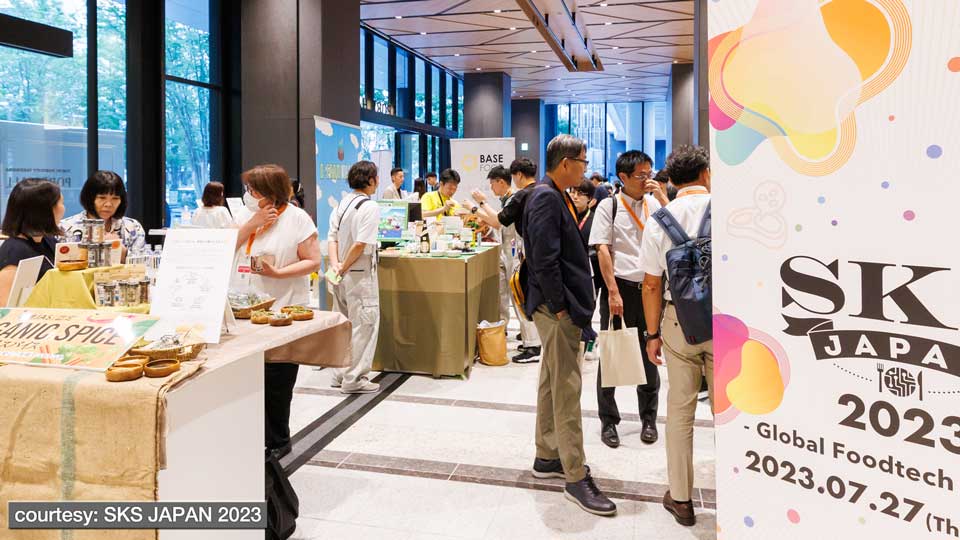
David Zilber, a renowned fermentation chef, and head of research at a bioscience company, thinks fermentation can unlock new possibilities. ''In terms of innovative food technology going forward, I feel like the (koji) microbes responsible for fermentation have a big role to play.''
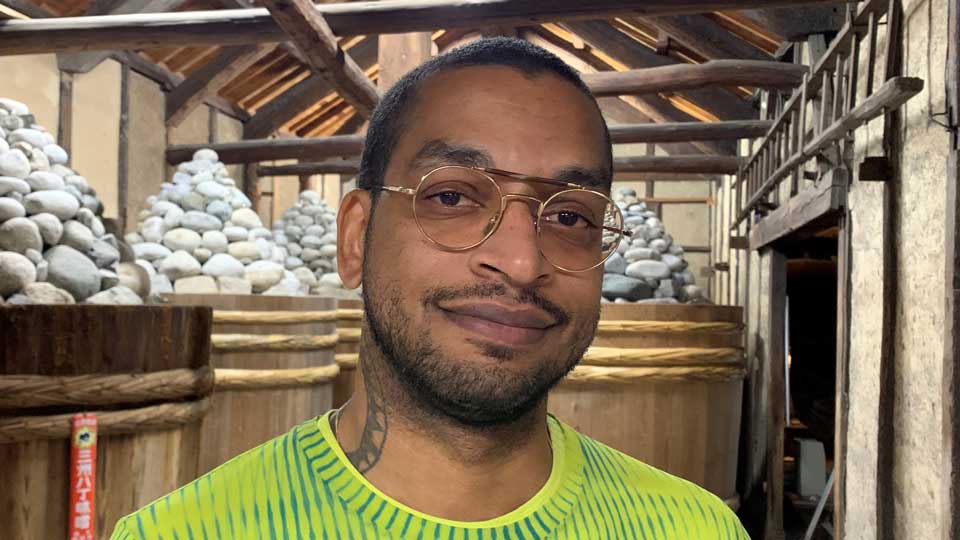
The group sampled a wagyu hamburger on a bun flavored with amazake, a fermented drink with a history of more than 1,000 years.
"The different levels of umami and the different flavors that (koji) imparts in the food give it a whole other dimension," Jamie Leeds from a restaurant in Washington says. "When you're eating it, you're not quite sure why it's so delicious."

Sato hopes to connect brewers of high-quality koji products with foreign customers who have an interest in fermentation ― and innovation.
''Sharing the background of Japanese fermentation food culture with people in the industry overseas will lead to the creation of novel cuisines we cannot even imagine,'' says Sato. ''I would like to support them to invent a great variety of foods using Japanese koji.''
